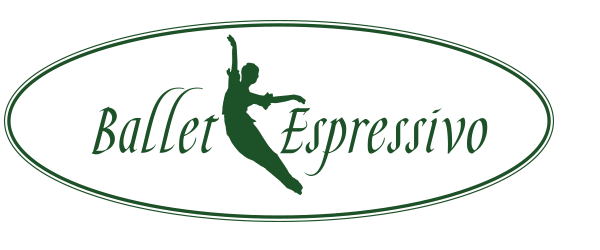Last week I attended a CANADIAN ARTIST NETWORK webinar entitled “ART AND NEUROSCIENCE: TOGETHER AT LAST” with speaker LUIS FORNAZZARI MD FRCPC. I want to share with you some of the inspiring things he informed us about dance.
Neuroscientists now believe that 1.8 million years ago when Homo Erectus i.e. we, humans, who stand on two legs, first appeared, people also began to dance. Not long ago, it was believed that the brain became “hardwired” during childhood and that there was little to do to improve its functioning once we entered adulthood. Now scientists have found the opposite: The brain’s ability to change or rewire itself creates new pathways for better functioning, this can happen in old age too.
Studies show that dance involves neurobehavioral processes in seven distinct areas including sensory, motor, cognitive, social, emotional, rhythmic and creative. It drives interpersonal coordination.
Dance provides a unique model for investigating how the brain integrates movement and sound, as well as how motor experience develops when associated with artistic creativity, performance and dexterity. Dancing can strengthen the connectivity between cerebral hemispheres.
What does dance demand of us?
- attention,
- Musical cuing
- High variability of steps & sequences
- Emotions
- Social interaction
- Cognition
- Sensormotor stimulation
- Cardio-vascular exercise
- Brain activity
- Motor-learning skills
- Participation for healthy & impaired older adults
How does dance benefit a person?
- improved gait and gait speed
- Improved postural balance
- Improved mood
- Improved quality of life
- Improved executive functions, spatial memory
- Increased BDNF levels (neurotrophic)
- Increased gray& white matter volume
- Increased involvement of motor-related networks
- Improved brain connectivity
So let us dance on.


Excellent synthesis of the tremendous benefit of Dancing
Thanks so much
Luis Fornazzari
LikeLike
You’re very welcome. Thanks for joining my mailing list. I’m so inspired by what I have learned from you. It is most encouraging for people who want to grow and study the arts at all ages. I specialize in adult students in my school. As well, I have recently returned to classical music and I am completing some string compositions after a long time singing/songwriting. I try to incorporate music education into my lessons for the dance students. Synthesis and cross-disciplines (my terms, sorry I’m not a scientist) are very important when one studies an art form, even at the beginner level. Looking forward to your next webinar. Best wishes, Donna Greenberg
LikeLike